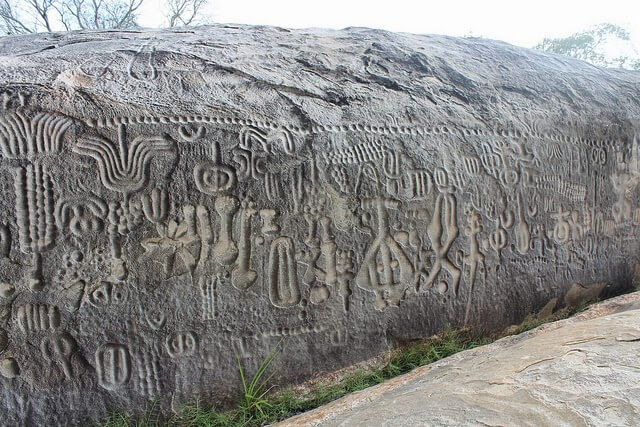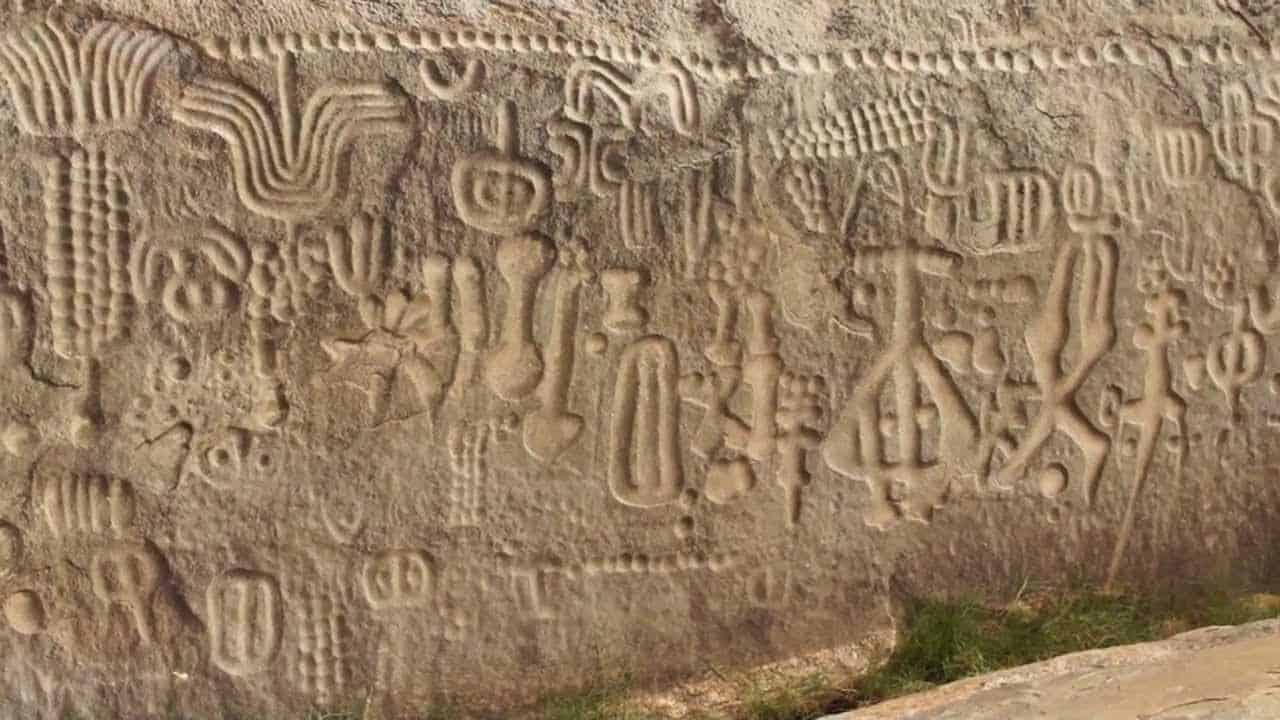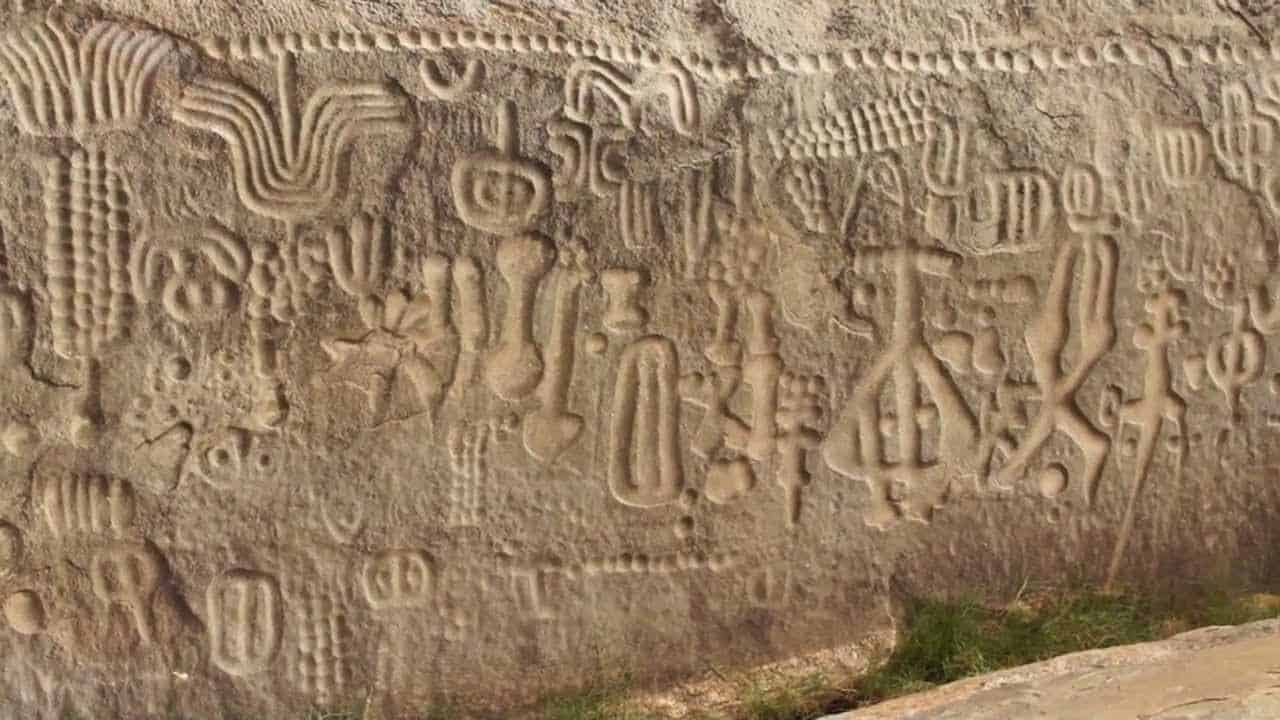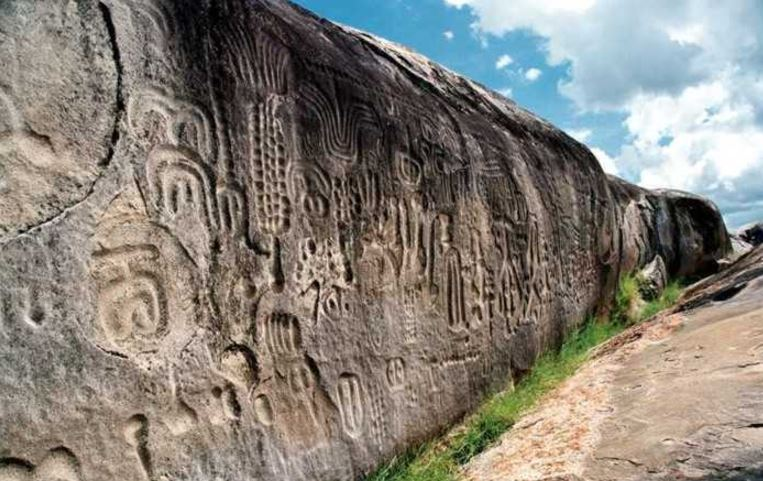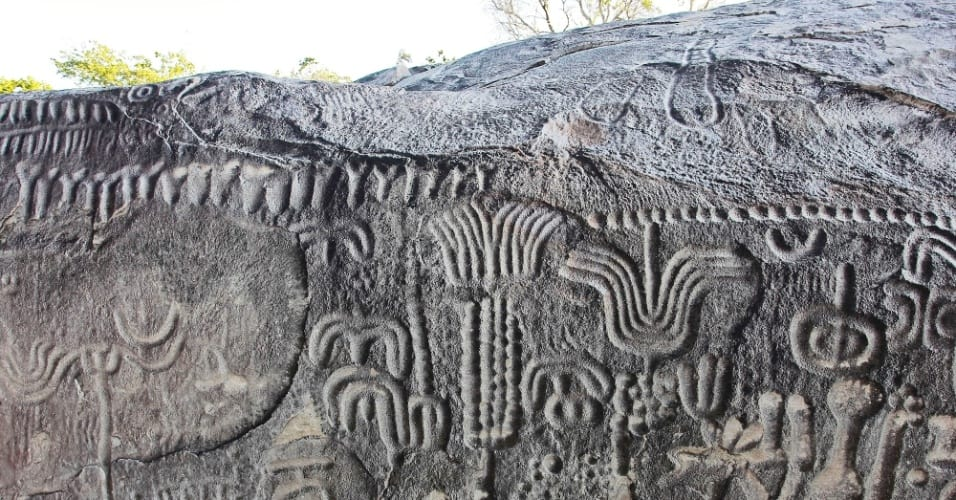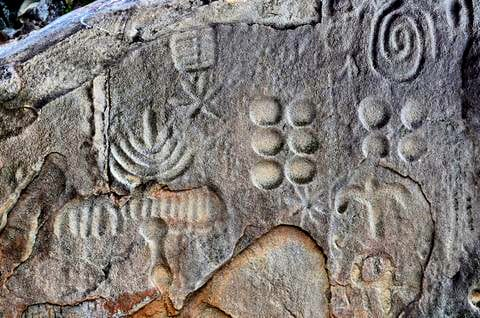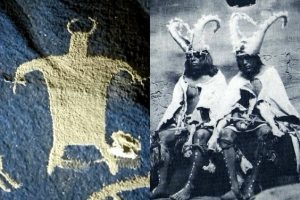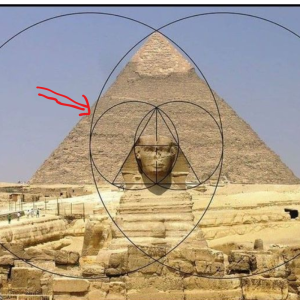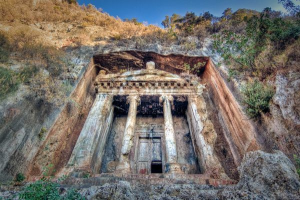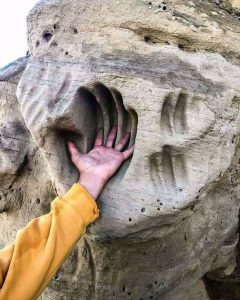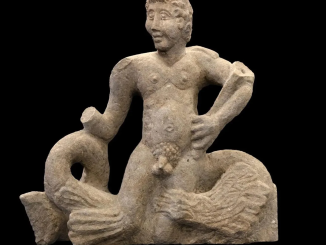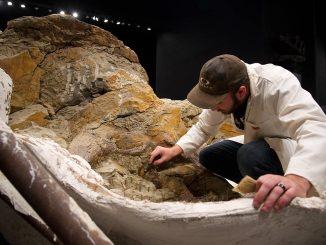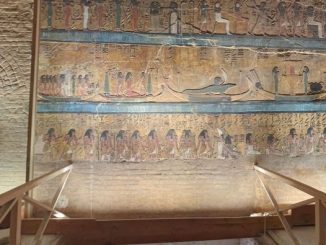The most famous symbols on the Inga Stone are those representing the constellation of Orion, and the Milky Way Galaxy. Experts refer to the Inga Stone as “an exceptional archeoastronomy monument, like no other in the world.”
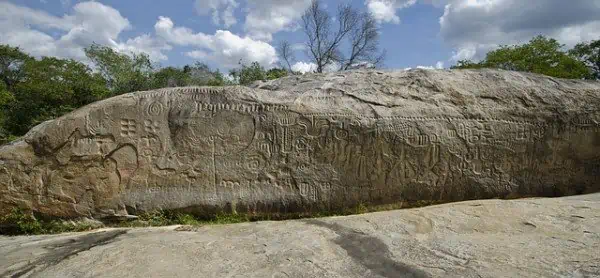
The Inga stone also referred to as the “Pedra Do Inga” is currently one of the most significant archaeological monuments in the world. It is located in the municipality of Ingá, in the interior of the Brazilian state of Paraíba.
The Inga Stone features hundreds of strange symbols and “Stars” that stretch over a rock measuring 245 meters in length, 3 meters in height. Several figures are carved in low relief in this set and there are entries whose meanings are unknown. The age of the inscriptions is unknown, but geologists estimate that the rock formation dates back at least 6,000 years.
According to experts, the Inga Stone features more than 400 engravings, some zoomorphic, others representing abstract signs and others representing stars.
One of the most notable experts that have studied the Pedra do Ingá was a Brazilian of Italian origin called Gabriele D’Annunzio Baraldi.
In his opinion, the rock represents the story of the universal flood written in a language very similar to the Hittite, spoken in the second millennium BC in present-day Turkey.
According to researcher Yuri Leveratto, Baraldi’s hypothesis could be considered real, and the message written in the Pedra do Ingá could be written in Nostratic—a large-scale language family, which includes many of the indigenous language families of Eurasia, although its exact composition and structure vary among proponents
Some authors have ventured out of “ordinary theories” proposing that due to a close relationship with Celtic symbols, it is possible that the ancient Carthaginians and their Celtic allies fled to the region where the stone was located after the defeat by the ancient Romans.
But there are countless theories and mysteries surrounding this incredible ancient monument.
There is a hypothesis that suggests the petroglyphs of Ingá are of exceptional importance from an archaeoastronomical point of view.
In 1976 the Spanish engineer Francisco Pavia Alemany began a mathematical study on this archaeological monument, whose first results were published in 1986 by the Instituto de Arqueología Brasileira (Pavia Alemany F. 1986).
The author identified on the surface of the Ingá stone what he described as the most extraordinary known archaeological record of the variation of the solar orthography throughout the year.
The symbols are materialized by a series of bowls or “capsular” and other petroglyphs engraved on the vertical surface, which by way of a graduated limb form a “Solar calendar”, on which a gnomon would project the shadow of the first solar rays of each day.
The Safor Astronomical Association published in 2005 a synthesis of this work in its official bulletin Huygens Nº 53 (Pavia Alemany F. 2005).
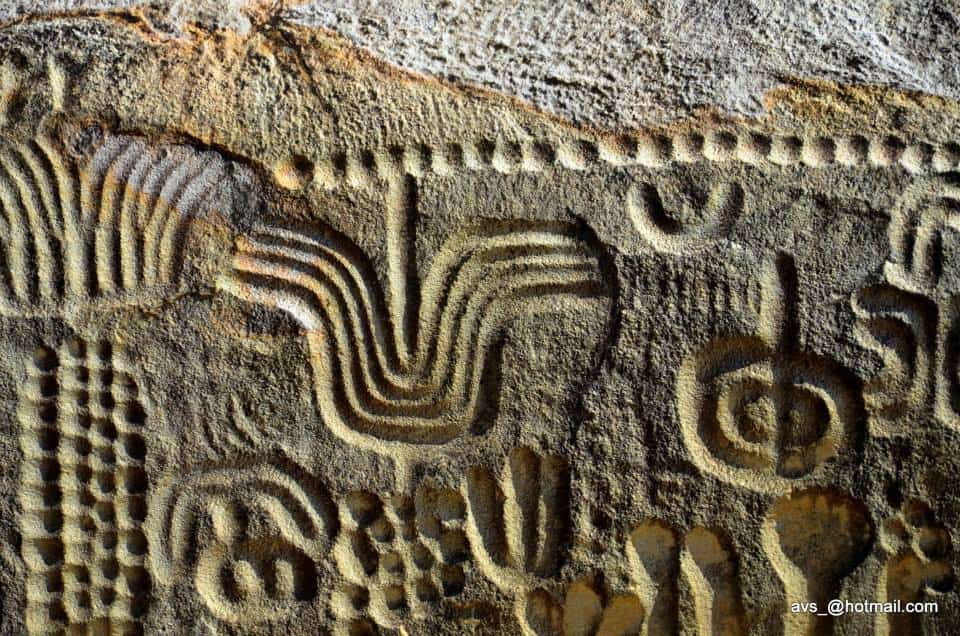
Later, F. Pavia continued the study of Ingá rock, focusing this time on the recording of a series of signs inscribed on the rocky surface of the channel itself, where a great number of “stars” can be observed that can be grouped into “constellations.” Both the “capsular” and the “constellation” records, in themselves, give Ingá great value, but the coexistence of both in the same reservoir gives Ingá an exceptional archaeoastronomical importance, which is why many authors refer to the Inga Stone as one of the most underappreciated monuments on the surface of Earth.
In 2006, the Egyptologist and archaeoastronomer Jose Lull organized called Trabajos de Arqueoastronomía. Ejemplos de Africa, America, Europe y Oceania, which is a compendium of thirteen articles written by archaeoastronomers. Among these items are “The archaeoastronomical ensemble of Inga” where authors expose the study of both the bowls and constellations mentioned before and the reasons that justify Inga as an exceptional archaeoastronomical monument, like no other in the world.
Here are some images of the incredible monument.
